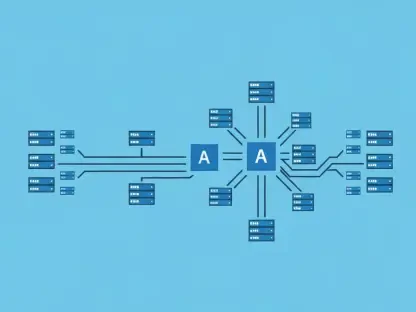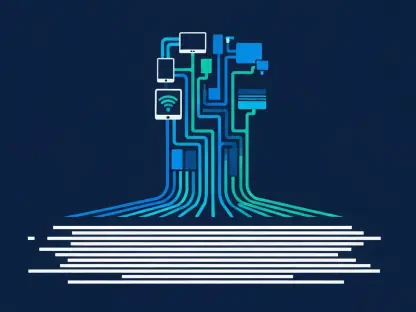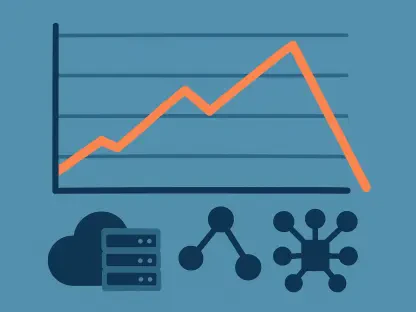I’m thrilled to sit down with Vijay Raina, a renowned expert in enterprise SaaS technology and software design. With years of experience in crafting innovative solutions and providing thought leadership in architecture, Vijay has a unique perspective on how technology intersects with creativity. In this conversation, we dive into the evolving world of app development, the rise of intuitive coding tools, and the challenges and opportunities they present for non-technical creators. We’ll explore his insights on balancing innovation with practicality, the impact of emerging trends like vibe coding, and the importance of security in tech projects.
How did your journey in SaaS and software design shape your perspective on non-technical individuals entering the app development space?
I’ve spent much of my career working on complex enterprise solutions, where precision and scalability are everything. But I’ve also seen how technology has democratized over time. When I started, coding was a highly specialized skill, but now tools are emerging that allow anyone with an idea to build something functional. I think it’s exciting, but it comes with caveats. Non-technical folks can create impressive prototypes, yet they often lack the deeper understanding of architecture or security that’s critical for a polished product. My background has taught me to appreciate the creativity they bring while recognizing the gaps that need to be bridged.
What are your thoughts on the concept of vibe coding and its potential to change how people approach software creation?
Vibe coding, where you essentially guide a tool with natural language or loose ideas rather than strict code, is a fascinating shift. It’s powered by large language models that interpret intent and generate functional code. I see it as a gateway for beginners or non-coders to experiment with app development. It lowers the barrier to entry, which is fantastic for innovation. However, it’s not a silver bullet. The output often needs refinement by someone with technical expertise. It’s a tool for ideation more than execution right now, but it’s sparking important conversations about the future of development.
How do you see tools like Bolt, which simplify app creation, impacting both beginners and seasoned developers in the industry?
Tools like Bolt are game-changers for beginners because they offer an intuitive interface and features like live previews or natural language prompts that make coding feel accessible. For someone without a tech background, it’s empowering to see an idea come to life in minutes. For seasoned developers, though, it’s a double-edged sword. These tools can speed up prototyping or handle mundane tasks, but they often produce code that’s messy or insecure, creating a cleanup burden—what we call a productivity tax. I think they’re best used as a starting point rather than a replacement for expertise.
Can you share your perspective on the balance between creativity and functionality when creating something quirky or experimental with these tools?
I love the idea of quirky, experimental projects because they push creative boundaries. Take something like a ‘Yelp for bad bathrooms’ app—it’s absurd but fun, and it gets people engaged. The challenge is ensuring that even playful projects have a baseline of functionality. Creativity can’t come at the expense of a usable product, even if it’s just for laughs. From my experience, I’d advise focusing on a simple, clear purpose first, then layering on the fun elements. Without that balance, you risk a cool idea that frustrates users because it doesn’t work as expected.
What are some of the biggest challenges you’ve observed or encountered when non-technical creators face technical hurdles like error messages or misunderstandings in app development?
One of the biggest challenges is the sheer overwhelm of technical jargon and processes. For someone new, even finding the terminal on their computer or understanding an error message can feel like climbing a mountain. I’ve seen non-technical creators struggle with basic concepts, like assuming each app edit requires a full relaunch rather than a simple update. It’s not just about solving the problem—it’s the frustration and self-doubt that creep in. Tools that guide users through troubleshooting with plain language are crucial, but there’s still a learning curve that can’t be skipped.
How critical is security when developing apps, especially for beginners who might not even realize the risks involved in their projects?
Security is non-negotiable, even for small, fun projects. Beginners often don’t realize that a simple app can expose data if not properly protected. I’ve reviewed projects where there were no safeguards—anyone could inspect the app and access stored information. That’s a huge risk, especially if personal data like emails or locations are involved. My advice is to always assume your app could be misused and seek guidance on basic security practices. For beginners, it’s not about mastering cybersecurity overnight but about knowing enough to flag when something’s off and asking for help.
What is your forecast for the future of vibe coding and similar tools in shaping the tech landscape over the next few years?
I believe vibe coding and similar tools will continue to evolve, becoming more sophisticated and integrated into mainstream development workflows. Over the next few years, I expect them to bridge more of the gap between non-technical creators and professional developers by offering better guardrails—like built-in security checks or code optimization suggestions. They might not replace developers entirely, but they could redefine entry-level roles, focusing on oversight rather than raw coding. The real impact will be in education, empowering more people to learn coding fundamentals through hands-on experimentation. It’s an exciting space to watch.









